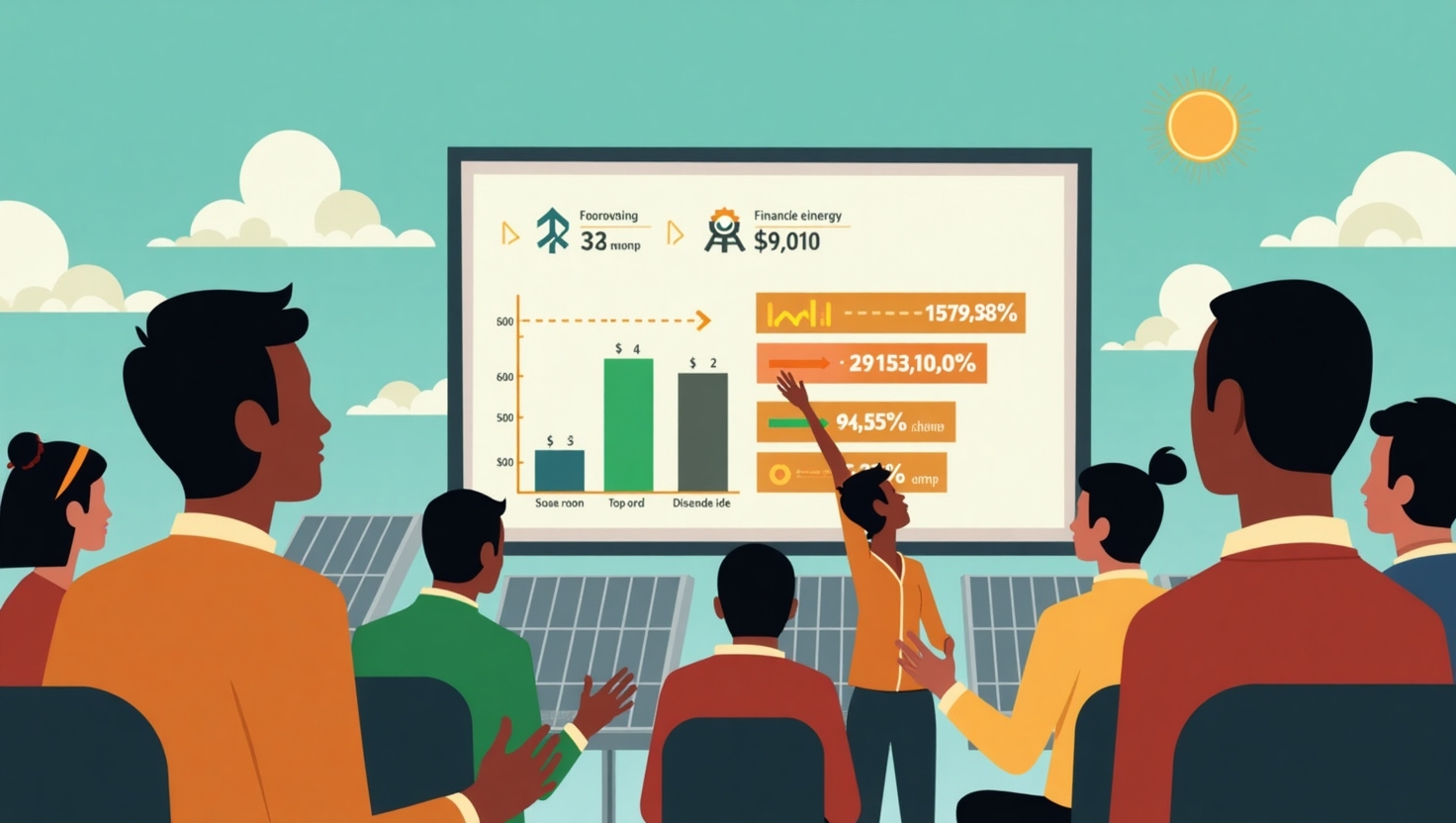Reducing the Cost of Capital: Solving Southeast Asia’s Solar Financing Crisis
Introduction: Why High Costs Are Stifling Solar Growth
Southeast Asia holds vast potential for renewable energy, yet solar financing remains a major roadblock in these dynamic markets. Investment barriers like high borrowing costs slow down project deployment across the region. This article explores how the weighted average cost of capital (WACC) acts as the main hurdle to widespread solar adoption.
Background: Decoding the Cost of Capital for Solar
The cost of capital refers to the return investors demand for funding projects. WACC combines debt and equity costs, reflecting overall financing expenses. As the International Energy Agency (IEA) notes, “The cost of capital represents the minimum rate of return required… making projects more expensive to finance” IEA report.
Solar markets in Southeast Asia differ sharply from those in Brazil or India. Regional disparities arise from varying risk perceptions and infrastructure levels. These factors inflate WACC, hindering solar growth compared to more stable emerging economies.
Trend: Soaring Financing Costs in Southeast Asia
Financing costs for solar projects in Southeast Asia markets remain elevated in 2024. High WACC levels deter investors and limit solar expansion. Comparisons with advanced economies highlight the stark gaps.
- Median WACC for solar PV: 9.4% in Indonesia.
- Median WACC: 9% in Vietnam.
- Median WACC: 8% in the Philippines.
- In contrast, advanced economies see 5–6.5% rates IEA report.
Brazil and India succeed through large, predictable solar auctions. These strategies drive down costs and boost investment volumes. Southeast Asia lags, missing out on similar solar financing momentum.
Insight: Why Southeast Asia Lags Behind
Investment barriers in Southeast Asia stem from regulatory uncertainty. Weak financial frameworks increase perceived risks for solar projects. Grid infrastructure gaps further complicate deployment in countries like Indonesia and Vietnam.
Corporate power purchase agreements (PPAs) face limitations, restricting private funding. The IEA identifies these risks as key drivers of inflated WACC. Addressing them could unlock more affordable solar financing.
Policy Recommendations: Roadmap to Affordable Solar Financing
Policymakers should develop clear regulatory frameworks to reduce investment barriers. Pilot corporate PPA schemes to attract private investors. Invest in transmission infrastructure to de-risk solar projects.
Draw lessons from Brazil and India’s large, predictable solar auctions. These secure steady funding and lower WACC. Implementing such policy recommendations could transform Southeast Asia markets.
Forecast: Pathways to a $100B Solar Boom by 2030
Optimistic scenarios show policy reforms halving WACC to 4–5% by 2026. This could spur a $100 billion solar boom in the region. Aligned efforts across Southeast Asia markets would accelerate growth.
Risks include delayed infrastructure investments, sustaining 8–9% WACC levels. Regional policy alignment is urgent to overcome these hurdles. Proactive steps could position Southeast Asia as a solar leader.
FAQ: Key Questions on Solar Financing
- Q: What is the current solar WACC in Southeast Asia?
A: 9.4% (Indonesia), 9% (Vietnam), and 8% (Philippines) in 2024 (IEA). - Q: How does Southeast Asia compare to advanced economies?
A: Costs are 2–4x higher than 5–6.5% in regions like Europe.
Conclusion: Act Now for a Surge in Solar Financing
The cost of capital serves as the linchpin in Southeast Asia’s solar transition. Reducing WACC through targeted reforms will dismantle investment barriers. This shift promises a thriving solar financing landscape.
🔗 “Explore the IEA’s full recommendations: link to IEA report.
💡 “Policy makers: Confront WACC barriers with the top 3 reforms from this post. Investors: Target nations piloting PPA schemes in 2024.”
